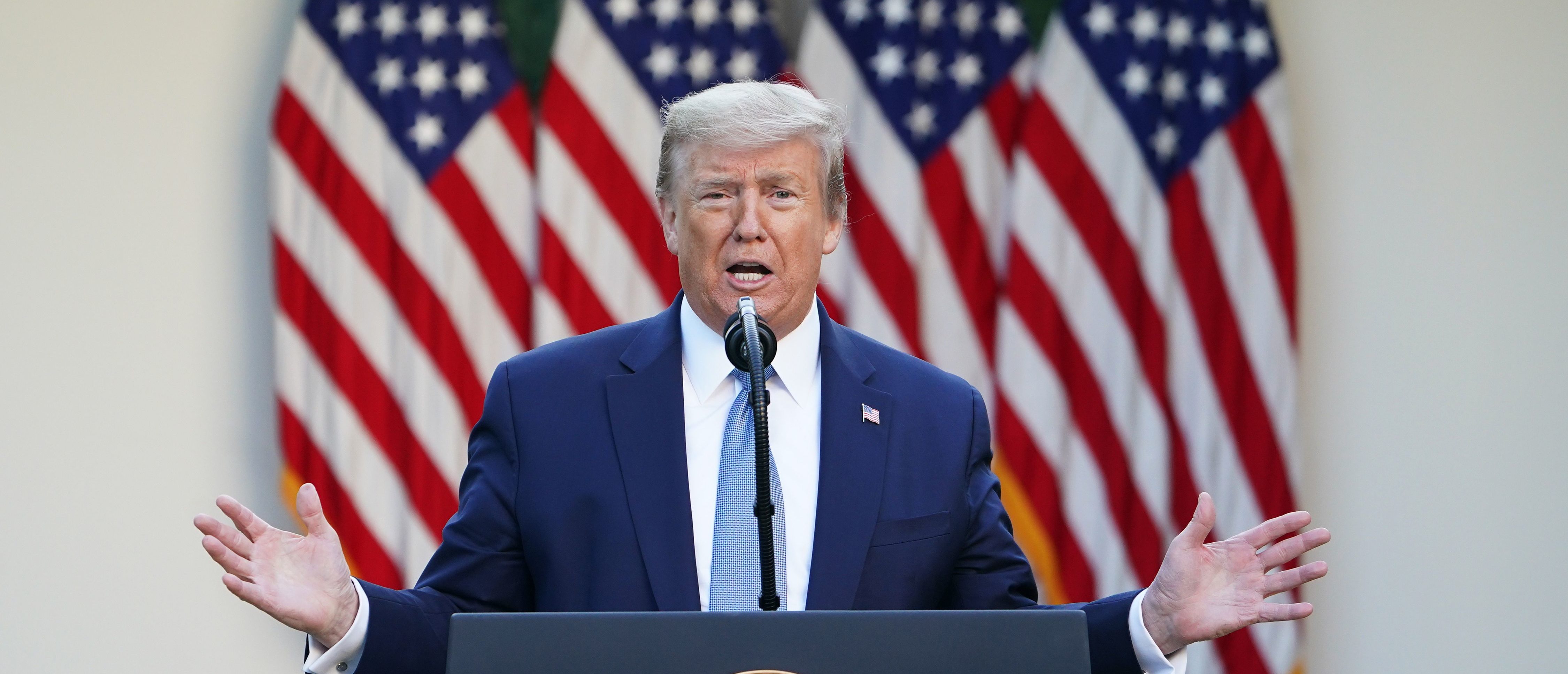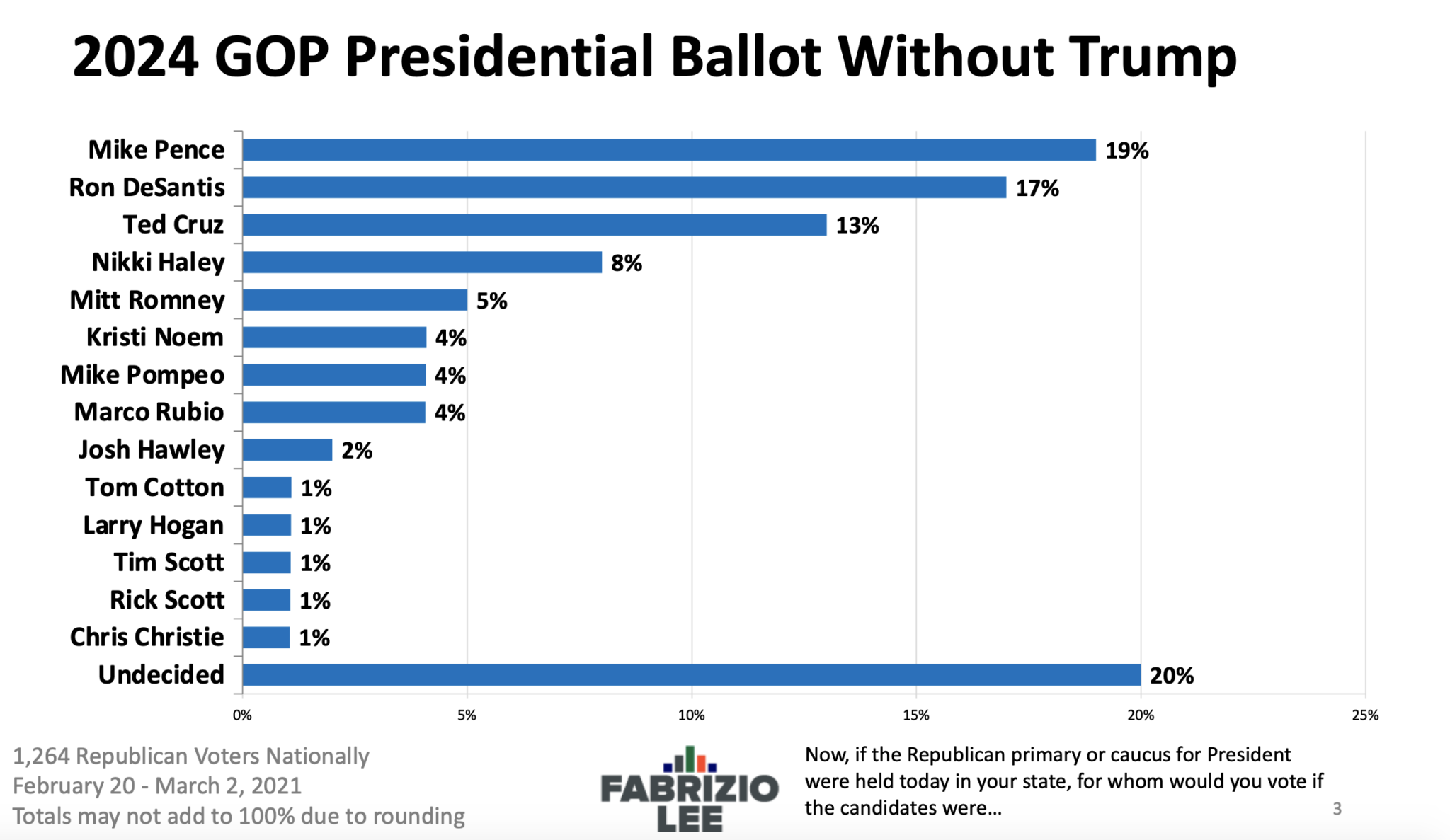Rasmussen Presidential Poll History and Methodology

Rasmussen Reports has been a prominent player in the field of political polling for over two decades, providing insights into public opinion on a range of issues, including presidential elections. The organization has evolved its polling methods over time, striving to provide accurate and reliable data to its audience.
History of Rasmussen Reports
Rasmussen Reports was founded in 1999 by Scott Rasmussen, a political strategist and pollster. The organization quickly gained recognition for its innovative approach to polling, which included the use of automated telephone surveys and a focus on providing real-time data. Rasmussen Reports’ early success was fueled by its ability to provide timely and accurate polling results, particularly during the 2000 presidential election. Since then, the organization has become a respected source of political polling data, regularly conducting surveys on a wide range of topics, including presidential elections, congressional races, and public opinion on current events.
Methodology Used by Rasmussen Reports
Rasmussen Reports employs a multi-stage sampling methodology to conduct its presidential polls. This involves:
- Random Digit Dialing (RDD): Rasmussen Reports uses RDD to select a representative sample of potential respondents. RDD is a technique that randomly generates telephone numbers, ensuring that all households with a landline telephone have an equal chance of being selected.
- Stratification: After selecting a sample of telephone numbers, Rasmussen Reports stratifies the sample based on demographic factors such as age, gender, race, and region. This ensures that the sample is representative of the overall population.
- Weighting: Rasmussen Reports weights the responses of its survey participants to account for any potential biases in the sample. This ensures that the poll results accurately reflect the views of the overall population.
Rasmussen Reports uses a combination of live interviewers and automated telephone surveys to collect data. The organization employs a standardized questionnaire, which includes questions about the respondent’s voting intentions, their views on the candidates, and their opinions on various policy issues.
The questions are designed to be neutral and unbiased, avoiding any language that could influence the respondent’s answers. Rasmussen Reports uses a combination of statistical methods to analyze the data collected from its polls, including:
- Margin of Error: Rasmussen Reports reports a margin of error for its polls, which indicates the range of potential error in the results. This margin of error is calculated based on the sample size and the variability of the responses.
- Confidence Intervals: Rasmussen Reports also reports confidence intervals for its polls, which provide a range of values within which the true population parameter is likely to fall. The confidence interval is calculated based on the margin of error and the level of confidence desired.
- Trend Analysis: Rasmussen Reports conducts trend analysis to track changes in public opinion over time. This involves comparing the results of recent polls to previous polls, allowing the organization to identify any significant shifts in public sentiment.
Comparison with Other Polling Organizations
Rasmussen Reports’ methodology shares similarities with other prominent polling organizations, such as Gallup, Pew Research Center, and the Associated Press-NORC Center for Public Affairs Research. All of these organizations use random sampling techniques, standardized questionnaires, and statistical methods to analyze their data. However, there are also some key differences in the methodologies used by these organizations.
For example, Rasmussen Reports is known for its focus on using automated telephone surveys, while other organizations may rely more heavily on live interviewers. Additionally, Rasmussen Reports often uses a smaller sample size than some other polling organizations, which can affect the margin of error of its results.
Another key difference is that Rasmussen Reports often conducts its polls using a “likely voter” model, which attempts to identify voters who are most likely to cast a ballot in the upcoming election. This differs from other organizations that may use a “registered voter” model, which includes all registered voters regardless of their likelihood of voting.
The choice of a “likely voter” or “registered voter” model can significantly impact the results of a poll, as it can influence the weighting of different demographic groups.
Key Findings and Trends in Rasmussen Presidential Polls

Rasmussen Reports, a well-known polling organization, conducts regular presidential polls to gauge public opinion and track potential electoral outcomes. These polls provide valuable insights into voter sentiment, candidate favorability, and potential election trends. Analyzing recent trends in Rasmussen presidential poll results reveals key demographic groups, regional variations, and shifts in voter sentiment.
Demographic Trends
Rasmussen presidential polls often highlight significant demographic trends in voter preferences. For instance, recent polls have shown that Republican candidates tend to perform better among white voters, while Democratic candidates tend to garner more support from minority groups, particularly African Americans and Hispanic voters. These trends are often influenced by various factors, including economic conditions, social issues, and candidate positions on key policy areas.
Regional Variations
Rasmussen presidential polls also reveal notable regional variations in voter sentiment. For example, Republican candidates often perform well in the South and Midwest, while Democratic candidates tend to have strong support in the Northeast and West Coast. These regional differences can be attributed to factors such as local economic conditions, cultural values, and the political leanings of specific regions.
Shifting Voter Sentiment
Rasmussen presidential polls have consistently tracked shifts in voter sentiment over time. For example, in the lead-up to the 2020 presidential election, polls indicated a surge in support for Democratic candidate Joe Biden, particularly among voters concerned about the handling of the COVID-19 pandemic. These shifts in voter sentiment can be influenced by a range of factors, including current events, candidate performance, and political messaging.
Candidate Favorability and Approval Ratings
Rasmussen presidential polls provide insights into candidate favorability and approval ratings. These polls often track the favorability of potential presidential candidates, gauging their popularity and public perception. Similarly, Rasmussen polls track the approval ratings of incumbent presidents, measuring their performance in office and public support. These metrics can be crucial in understanding the political landscape and predicting potential election outcomes.
Comparison with Other Polling Organizations
Rasmussen presidential polls are often compared with findings from other major polling organizations, such as Gallup, Pew Research Center, and the Associated Press-NORC Center for Public Affairs Research. While Rasmussen polls have generally been consistent with other polling organizations, there have been instances where discrepancies have emerged. These discrepancies can be attributed to differences in methodology, sampling techniques, and the timing of polls.
Impact and Significance of Rasmussen Presidential Polls

Rasmussen Reports, a well-known polling organization, has established itself as a prominent player in the field of presidential polling, influencing public discourse and shaping political campaigns. The impact of Rasmussen presidential polls extends to media coverage, voter perceptions, and campaign strategies, while their significance lies in their ability to predict electoral outcomes.
Impact on Public Discourse and Political Campaigns
Rasmussen presidential polls have a significant impact on public discourse and political campaigns, influencing media coverage, voter perceptions, and campaign strategies. Media outlets often rely on Rasmussen polls to gauge public opinion and report on the state of the race. This coverage can shape public perceptions of candidates and their positions on key issues. Campaign strategists use Rasmussen polls to inform their messaging and targeting efforts, adjusting their strategies based on the results.
Accuracy and Reliability of Rasmussen Presidential Polls
The accuracy and reliability of Rasmussen presidential polls in predicting electoral outcomes have been a subject of debate. While Rasmussen has achieved some successes in predicting election results, its accuracy has been inconsistent, particularly in recent years. Some critics argue that Rasmussen’s methodology and sampling techniques are flawed, leading to biased results. However, supporters of Rasmussen argue that its polls provide valuable insights into voter sentiment and can be a useful tool for understanding the political landscape.
Comparison of Rasmussen’s Accuracy with Other Polling Organizations
| Election Year | Rasmussen | Gallup | Pew Research | RealClearPolitics |
|---|---|---|---|---|
| 2016 | Trump +2 | Clinton +3 | Clinton +4 | Clinton +2 |
| 2020 | Trump +3 | Biden +7 | Biden +8 | Biden +5 |
As the table illustrates, Rasmussen’s predictions have varied significantly from other major polling organizations. In 2016, Rasmussen was one of the few polls that predicted a Trump victory, while most other polls favored Clinton. In 2020, Rasmussen again underestimated Biden’s margin of victory. These discrepancies highlight the challenges of accurately predicting election outcomes, even with sophisticated polling methods.
The Rasmussen Presidential Poll often reflects the public’s pulse on economic concerns, and the upcoming 2025 Social Security cost-of-living adjustment (COLA) is a hot topic. With inflation still a factor, seniors and those nearing retirement are eager to see how the 2025 social security cola increase will impact their budgets.
It’s likely this issue will be a key talking point in the Rasmussen Presidential Poll as the 2024 election approaches.
The Rasmussen Presidential Poll, a gauge of public opinion on the current administration, often reflects the complex dynamics of international relations. One such dynamic is the long-standing tension between Iranian and Israeli interests, which can influence policy decisions and public perception of foreign policy.
As the poll’s data shifts, so too can the public’s understanding of these international challenges, impacting how they view the president’s handling of foreign affairs.
